Seeking Answers
It’s been almost a year and a half since I got the diagnosis.



Pour milk in coffee, and the eddies and tendrils of white soon fade to brown. In half an hour, the drink cools to room temperature. Left for days, the liquid evaporates. After centuries, the cup will disintegrate, and billions of years later, the entire planet, sun and solar system will disperse. Throughout the universe, all matter and energy is diffusing out of hot spots like coffee and stars, ultimately destined (after trillions of years) to spread uniformly through space. In other words, the same future awaits coffee and the cosmos.
This gradual spreading of matter and energy, called “thermalization,” aims the arrow of time. But the fact that time’s arrow is irreversible, so that hot coffee cools down but never spontaneously heats up, isn’t written into the underlying laws that govern the motion of the molecules in the coffee. Rather, thermalization is a statistical outcome: The coffee’s heat is far more likely to spread into the air than the cold air molecules are to concentrate energy into the coffee, just as shuffling a new deck of cards randomizes the cards’ order, and repeat shuffles will practically never re-sort them by suit and rank. Once coffee, cup and air reach thermal equilibrium, no more energy flows between them, and no further change occurs. Thus thermal equilibrium on a cosmic scale is dubbed the “heat death of the universe.”
But while it’s easy to see where thermalization leads (to tepid coffee and eventual heat death), it’s less obvious how the process begins. “If you start far from equilibrium, like in the early universe, how does the arrow of time emerge, starting from first principles?” said Jürgen Berges, a theoretical physicist at Heidelberg University in Germany who has studied this problem for more than a decade.
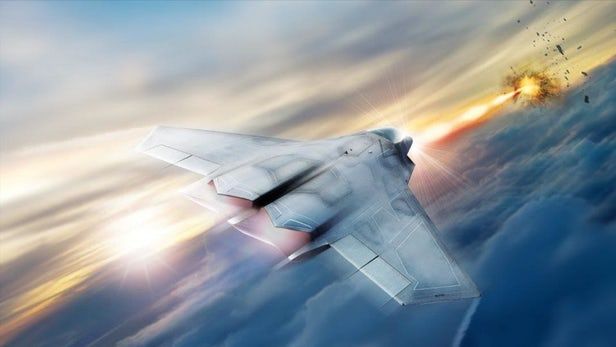
Such fifth-generation fighters are only now coming into service and others are being developed in Russia, China, and Japan, but they are already obsolete. Even while the F-35 was still in the testing phase, the US Pentagon was looking at a replacement, and countries like France and Germany gave up their own efforts at building a fifth-generation fighter in favor of skipping straight to making a sixth.
The world of aerospace is full of buzzwords and phrases and one that’s been getting a lot of attention in military aircraft circles is “sixth-generation fighters.” Rather than an F-35 or a Typhoon with new trim and chrome hubcaps, these emerging combat aircraft are set to represent a real sea change in tactics and, perhaps, strategy in the middle of the 21st century. But what exactly is the sixth gen? Let’s take a look.

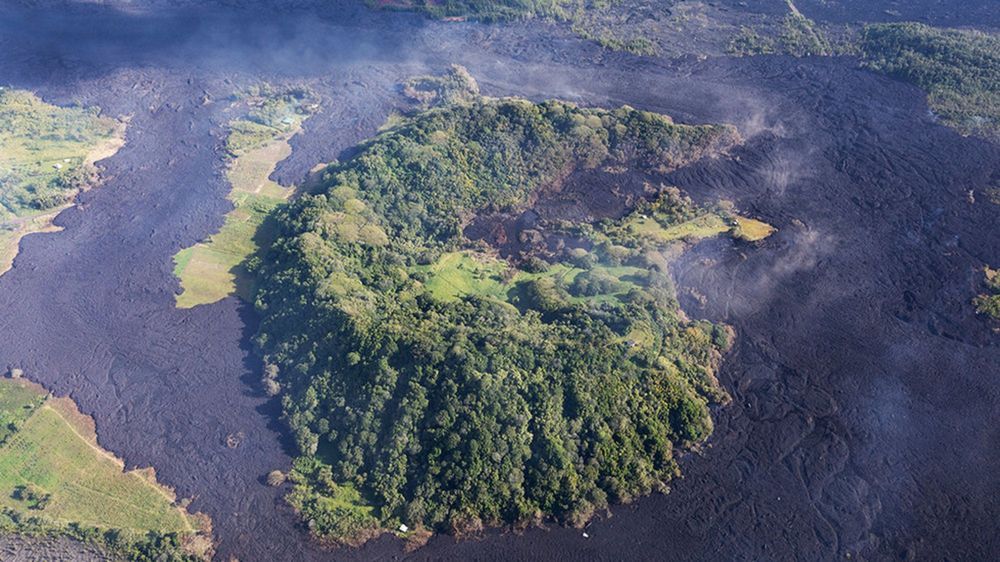
Hawaii’s Kilauea volcano could be gearing up for an eruption after a pond of water was discovered inside its summit crater for the first time in recorded history, according to the AP.
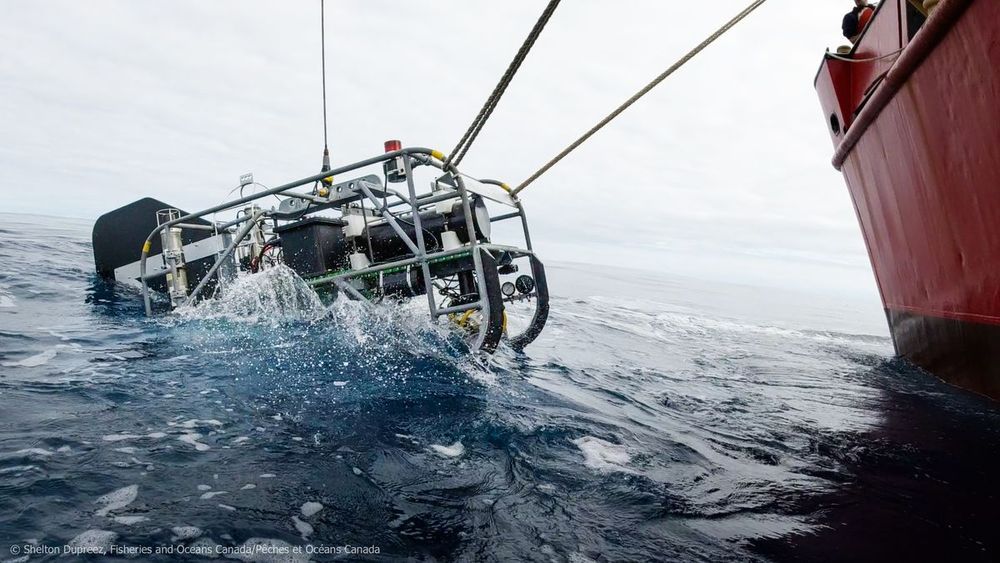
In the cold waters off the west coast of Vancouver Island, scientists have found a hidden oasis teeming with corals, sponges, and creatures more typical of warmer waters to the south.
The discovery is among the most significant finds from a two-week trip conducted by researchers with the Department of Fisheries and Oceans, the Nuu-chah-nulth Nations and other partner organizations. The expedition dropped a camera on a cable down about 2,000 metres into the depths as part of an examination of Explorer Seamount, Canada’s largest underwater volcano.
“We found a coral garden that is like something you would see in the tropics, with a large coral community home to fish and octopus like everything you would expect to see in Hawaii, but you find it here in Canada deep below the surface where the sun doesn’t reach,” said Dr. Cherisse Du Preez, marine biologist at Fisheries and Oceans Canada.
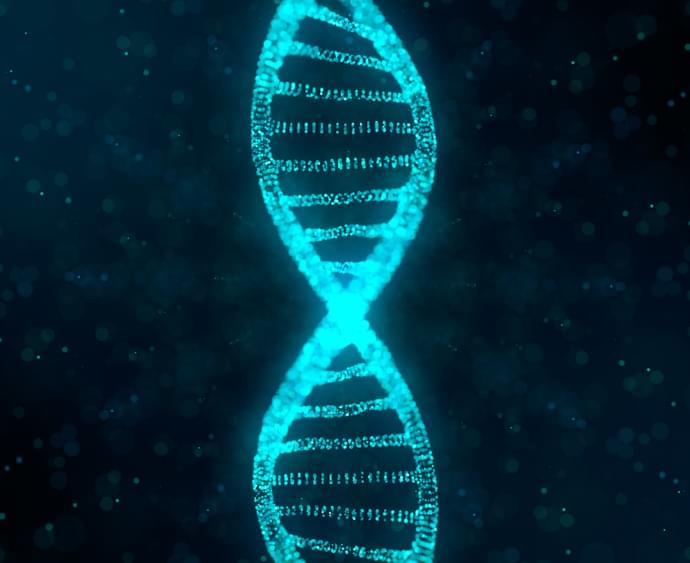
From the time we see Bambi’s mom bite the dust, we all know what death is. At least, we think we do. But the simple definition of death—that the body stops working—doesn’t take into account how weird our bodies actually are.
“We really know nothing about what happens when you die,” says Peter Noble, a former professor at the University of Alabama. Noble knows firsthand that surprises await scientists studying the end of life: he helped discover that long-dormant genes can spring into action hours or even days after an organism dies.
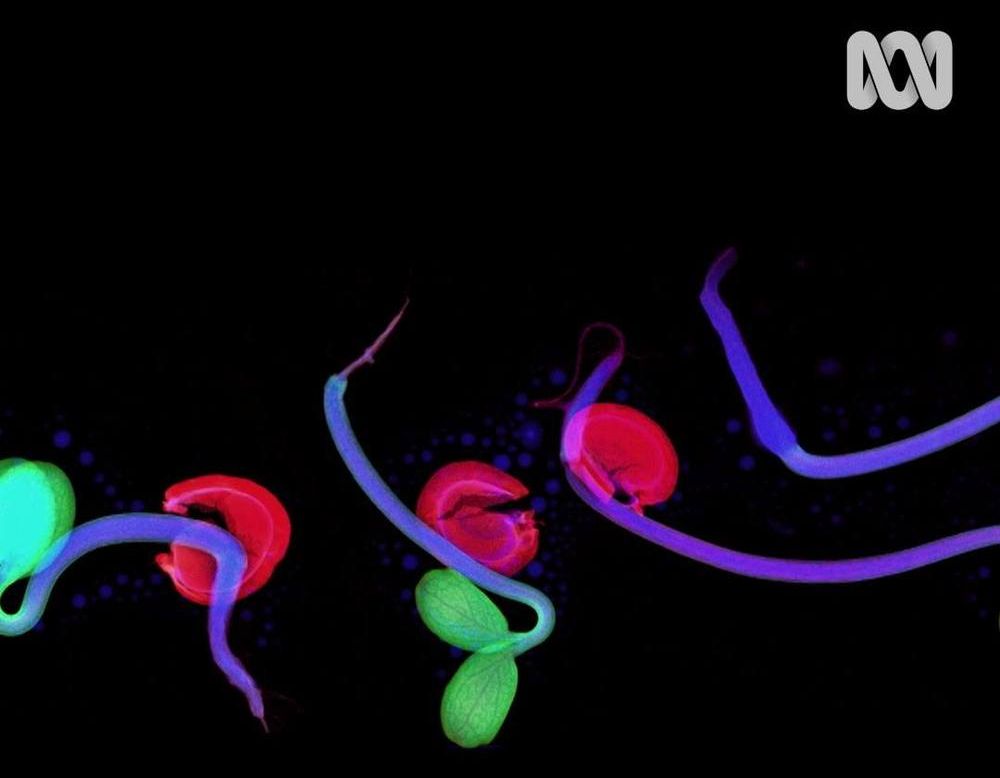
It’s amazing these plants exist at all.
